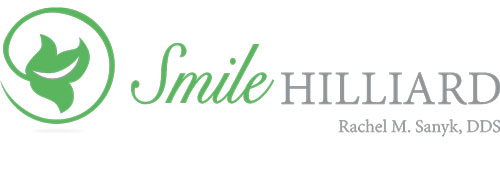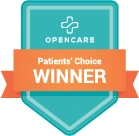Do you often get confused between canker sores and cold sores? Do you wonder if they are the same thing or different? The truth is, both conditions have similar-sounding names but are entirely different from one another. In this post, we will help you understand the difference between canker sores and cold sores. We will discuss their symptoms, causes, prevention measures, and treatment options. Read on to find out everything that you need to know about these two common oral conditions.
Understanding Canker Sores and Cold Sores
Canker sores and cold sores are both common mouth sores, but they have distinct differences. Canker sores are red and white or gray-ish flat or shallow ulcers that appear inside the mouth, while cold sores are small bumps or blisters that usually form on or around the lips. Both can be painful, and both can recur. Canker sores are thought to be auto-immune related and are usually triggered by stress, hormonal changes, or certain foods, whereas cold sores are initiated by the herpes simplex virus (HSV). Both types of sores will heal on their own, but there are medications that can help them heal faster. It’s important to see a dentist if you have frequent or severe sores or if they don’t heal within a couple of weeks.
Symptoms of Canker Sores
Canker sores are small, shallow or flat ulcers that develop inside the mouth. They can appear on the tongue, inside the cheeks and lips, or toward the back of the throat. These ulcers are often painful and can make eating and talking uncomfortable. Typically lasting about 7 to 10 days, canker sores usually heal on their own without treatment. It’s important to note that canker sores are not contagious and are not caused by a virus like cold sores.
Symptoms of Cold Sores
Symptoms of cold sores include the appearance of painful blisters around the mouth or nose, which can burst and form crusty sores that take several days to heal. When a person first is infected with the Herpes Simplex Virus, they may develop common viral symptoms like fever, sore throat, or swollen glands. The virus actually never completely leaves your body, and can become dormant for months or even years. The virus can become active again if triggered by such things as sunlight, stress, trauma, or other illness. The recurrent sores are filled with the Herpes Simplex Virus and are very contagious, so touching the sores can cause transfer of the virus to another person. If you experience frequent or severe outbreaks of cold sores, it is important to seek medical attention.
How to treat Canker Sores?
To treat canker sores, you can try over-the-counter topical treatments like benzocaine or hydrogen peroxide to relieve pain. Avoiding spicy or acidic foods may also help reduce discomfort. If you experience frequent or severe canker sores, it’s best to consult a healthcare professional, as there are some prescription-strength rinses and ointments that can help
How to manage Cold Sores?
Managing cold sores is possible without treatment as they typically heal within 7 to 10 days. However, over-the-counter creams and ointments can help alleviate symptoms and speed up the healing process. Severe or frequent outbreaks may require prescription antiviral medications. Preventing triggers like stress, sunlight, and certain foods can also help in managing cold sores effectively.
Conclusion
For proper diagnosis and treatment, it is crucial to understand the differences between canker sores and cold sores. Canker sores are small, shallow ulcers that develop inside the mouth, while cold sores are fluid-filled blisters caused by the herpes simplex virus that appear on the lips or around the mouth. Each type of sore has different symptoms, causes, triggers, and treatment options. Canker sores and cold sores are extremely common, so you should seek medical treatment if your sores persist or worsen. Contact us today at Smile Hilliard!






